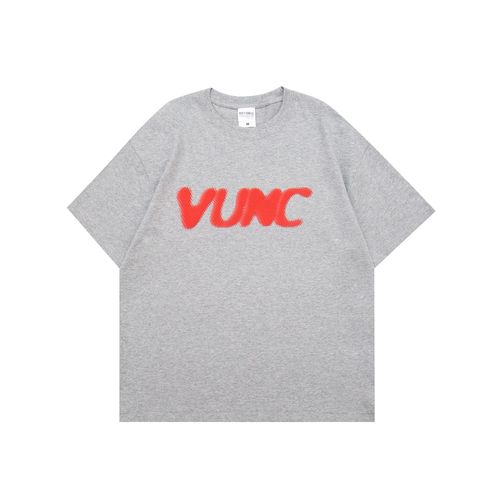Promoting sustainability in custom apparel design is critical to reducing environmental impact and promoting resource conservation. Here are some questions and ways to explore sustainability in custom clothing design:
1. Material selection:
– Choose sustainable and Environmentally friendly fabrics, such as organic cotton, ecological textiles or recycled fiber materials, reduce dependence on limited resources.
– Avoid using fabrics that contain toxic substances or chemicals and choose certified environmentally friendly fabrics.
2. Design optimization:
– Optimize the design by reducing waste and cutting waste, try to maximize the use of fabrics, and ensure Reasonable arrangement and utilization of paper patterns.
– Explore multi-functional design and modular design, and realize the extensibility and reshaping of clothing by changing some elements or components to extend the service life of clothing.
3. Customization process:
– Advocate the production method of customized clothing to avoid the waste of ready-made clothing inventory and reduce the return rate.
– Introduce digital technologies, such as 3D scanning and virtual try-on, to reduce material and resource consumption in the customization process.
4. After-sales service and maintenance:
– Provide after-sales services for customized clothing, such as size adjustment and repair, to extend the life of clothing .
– Provides usage and care guidelines to help consumers properly clean and protect clothing and reduce damage and premature scrapping.
5. Circular economy and recycling:
– Encourage clothing designers and manufacturers to adopt a circular economy model and convert waste fabrics and Clothing components are recycled and repurposed.
– Promote the second-hand transaction and rental market of customized clothing, extend the service life of clothing and reduce waste.
6. Awareness and education:
– Strengthen education and awareness of consumers and practitioners, and improve their understanding of sustainability Awareness and appreciation of custom clothing.
– Share knowledge about sustainable clothing design through exhibitions, lectures, social media and other channels to guide people to pay more attention to the environment and social responsibility.
The above are some suggestions to promote the sustainable development of customized clothing design. Implementing sustainable custom clothing design requires the joint efforts of the entire industry chain, including designers, manufacturers, consumers, and governments. At the same time, continuous innovation and technological progress will also provide new opportunities for the development of sustainable customized clothing.



